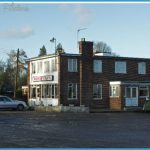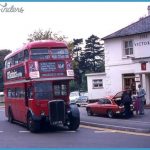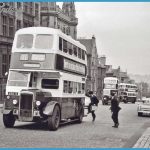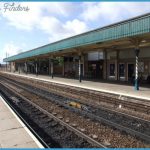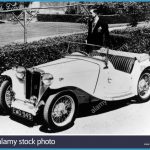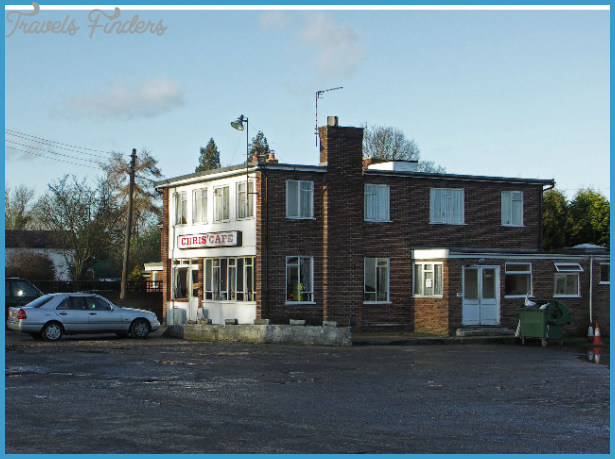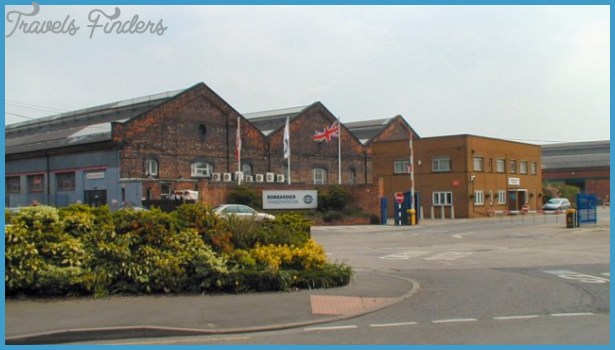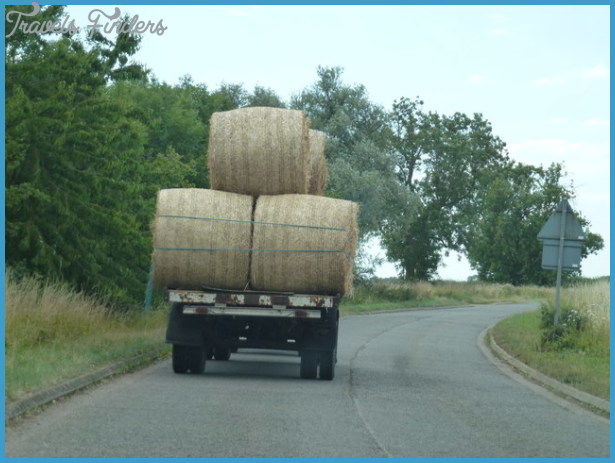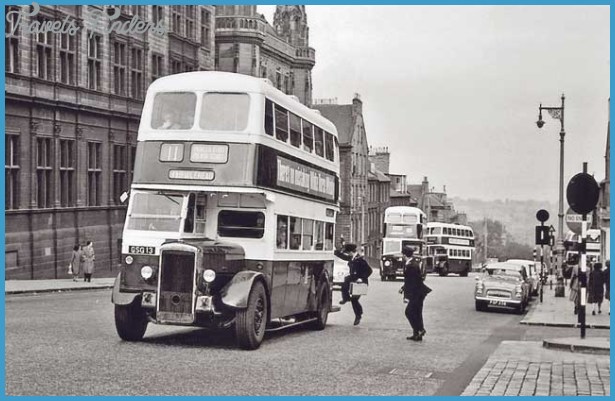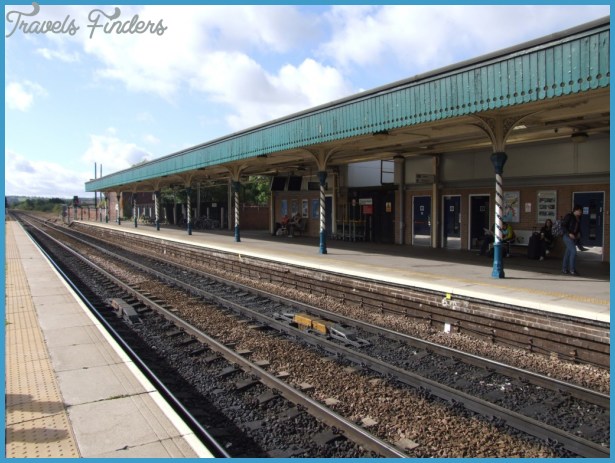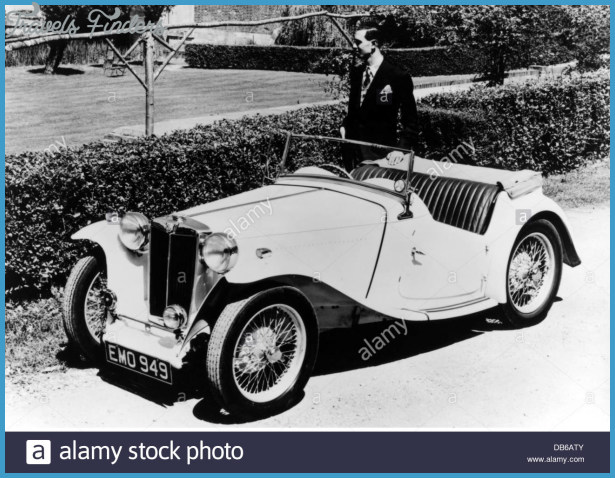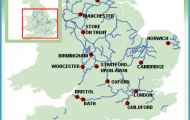TRANSPORTATION TO BRITAIN
BY PLANE. Most flights into Britain that originate outside Europe land at London’s Heathrow and Gatwick airports (151). Some fly directly to regional airports such as Manchester or Edinburgh (238).
8Y TRAIN. For info on getting to Britain from the Continent, see 44. Britain’s train network is extensive. Prices and schedules often change; get up-to-date information from National Rail Inquiries ( (08457) 484 950) or online at Railtrack (www.railtrack.co.uk; schedules only). The BritRall Pass, sold only outside of Britain, allows unlimited travel in England, Wales, and Scotland (8-day US$270, under-26 US$219; 22-day US$515360). In Canada and the US, contact Rail Europe (Canada800-361-7245; US 877-456-7245; www.raileurope.com). Rail discount cards, available at rail stations and through travel agents, grant 33% off most fares and are available to those ages 16-25 and full-time students (£18), seniors (£18), and families (£20). Eurail is not valid in Britain.
BY BUS. The British distinguish between buses, which cover short local routes, and coaches, which cover long distances; Let’s Go uses the term “buses” to refer to both. National Express ( (08705) 808 080; www.goby-coach.co.uk) is the principal long-distance coach service operator in Britain, although Scottish Citylink ( (08705) 505 050) has coverage in Scotland. Discount Coachcards (£9) are available for seniors over 50, students, and young persons ages 16-25; they reduce fares on National Express by about 30%. The Tourist Trail Pass offers unlimited travel for a number of days within a given period (2 days out of 3 £49, students, seniors, and children £39; 5 of 30 £8569; 8 of 30 £13599; 15 of 30 £190145).
BY FERRY. Several ferry lines provide service between Britain and the Continent. Ask for discounts; ISIC holders can sometimes get student fares, and Eurail pass-holders can get reductions and free trips. Book ahead June through August. For information on boats from Wales to Dublin and Rosslare, Ireland, see 230; from England to the Continent, see 44.
BY CAR. To drive, you must be 17 and have a valid license from your home country. Britain is covered by a high-speed system of motorways (“M-roads”) that connect London with other major cities. Visitors may not be accustomed to driving on the left, and automatic transmission is rare (and more expensive) in rental cars. Roads are well-maintained, but parking in London is impossible and traffic is slow.
BY BIKE AND BY THUMB. Much of Britain’s countryside is well suited for biking. Many cities and villages have bike rental shops and maps of local cycle routes. Large-scale Ordnance Survey maps, often available at tourist offices, detail the extensive system of long-distance hiking paths. Tourist offices and National Park Information Centres can provide extra information about routes. Hitchhiking is illegal on M-roads; Let’s Go does not recommend hitchhiking.
EMERGENCY Police: 999. Ambulance: 999. Fire: 999.
PHONE CODES Country code: 44. International dialing prefix: 00. From outside Britain, dial int’l dialing prefix (see inside back cover) + 44 + city code + local number.

